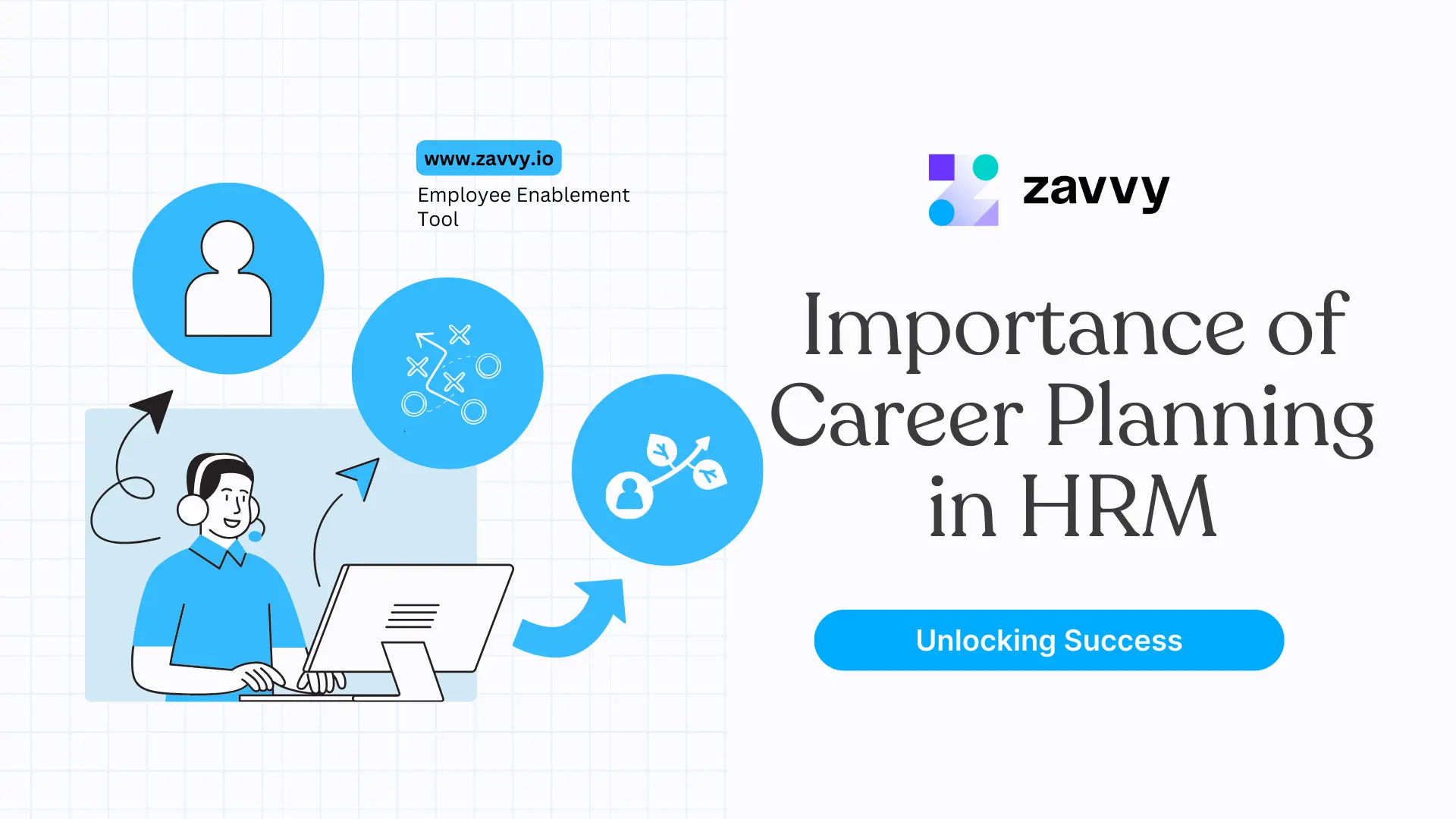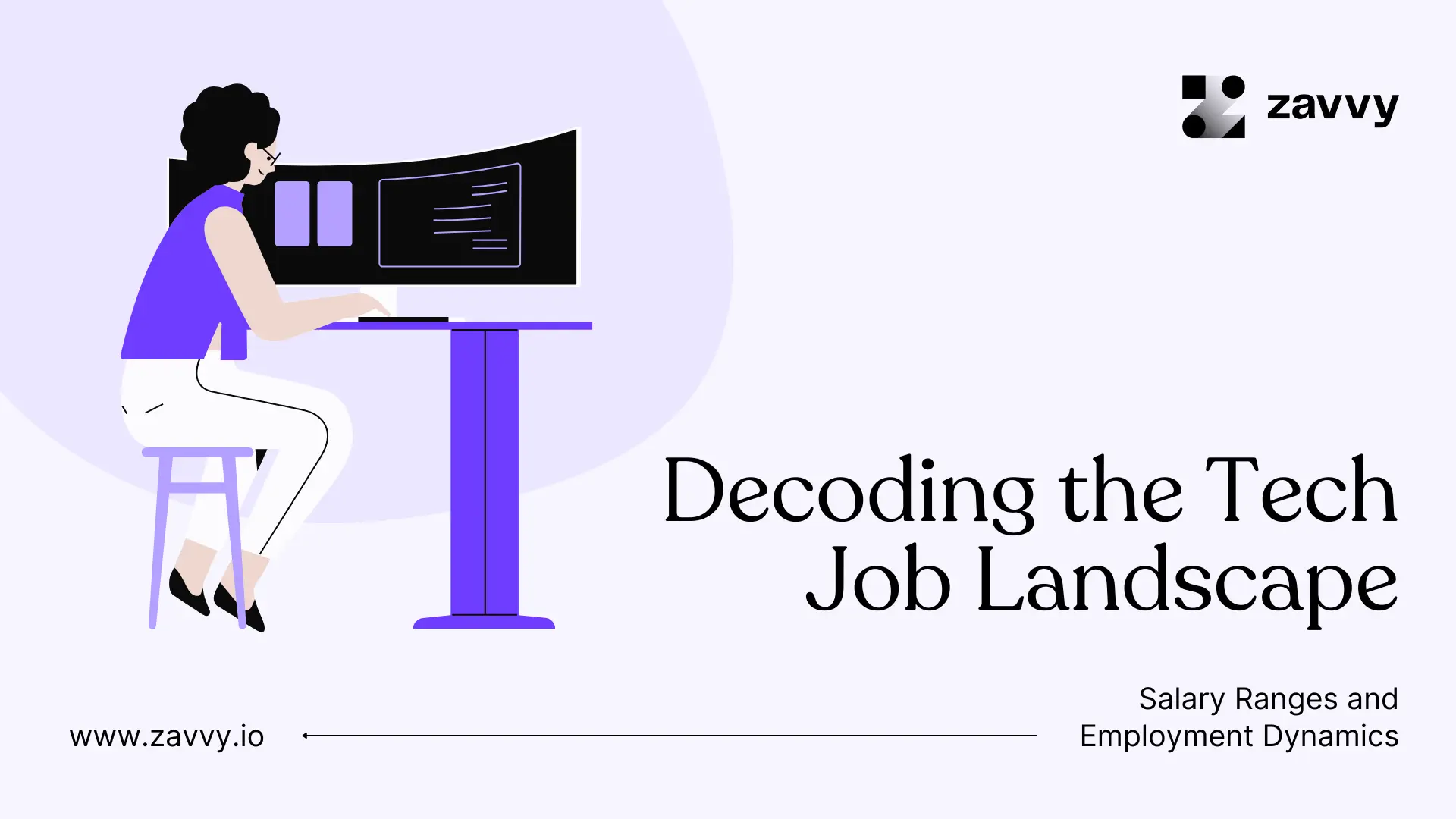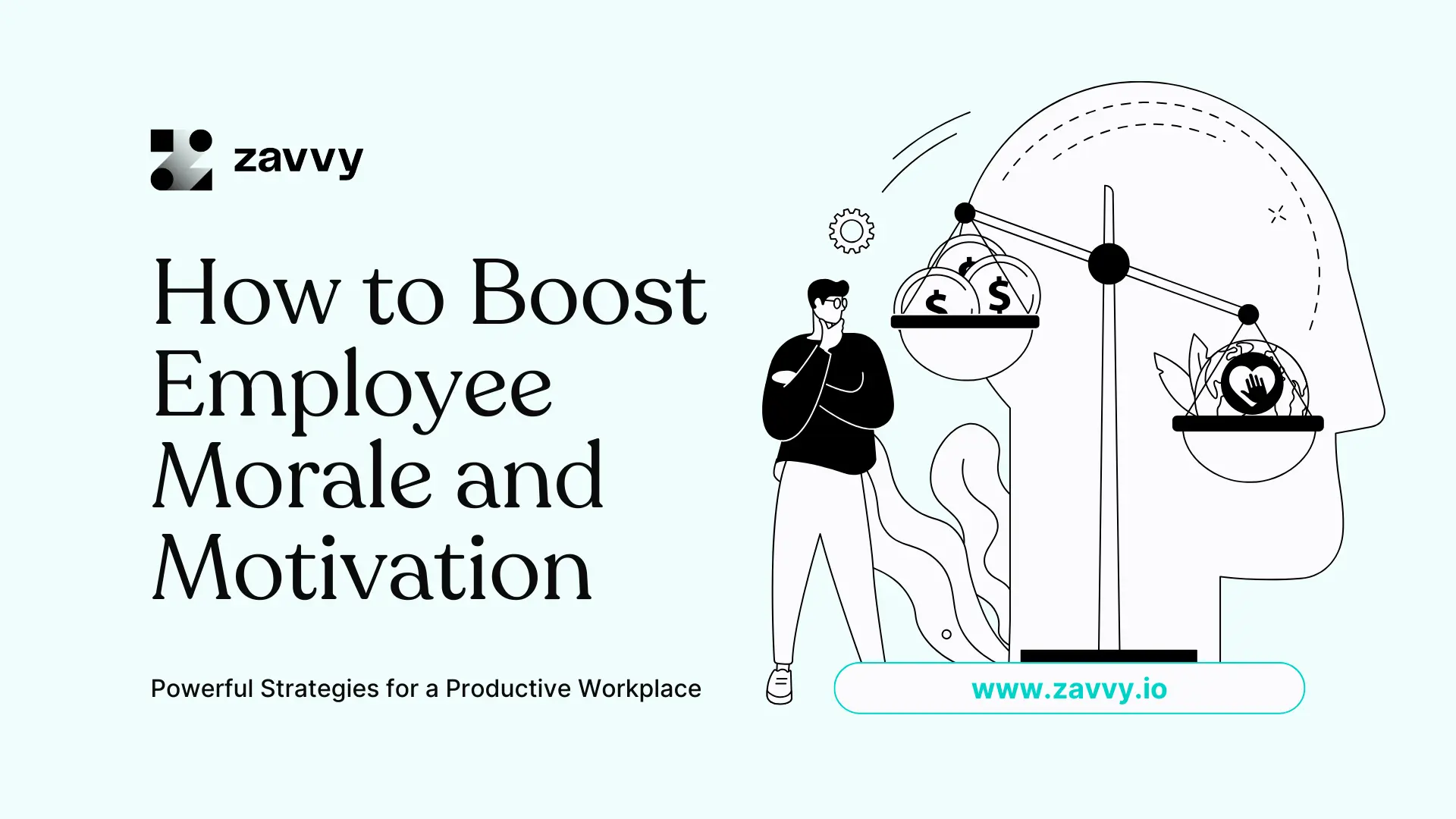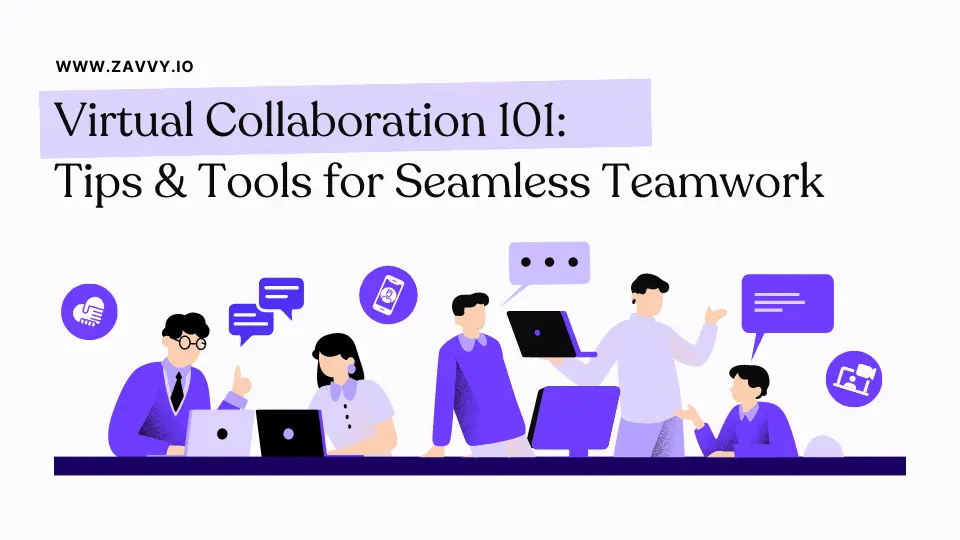
What Is A Leadership Competency Model And How To Create One? (+ Template)
Zuletzt aktualisiert:
19.12.2023
Lesezeit:
14 minutes
última actualización
19.12.2023
tiempo de lectura
14 minutes
Last updated:
December 19, 2023
Time to read:
14 minutes

Businesses need leaders to hold the teams together, guide them through change and achieve organizational objectives.
Employees' expectations from their employers have increased since the start of the coronavirus pandemic. People want to work at companies that value employee engagement, promote Learning & Development (L&D), and encourage employee well-being.
Businesses need strong leaders.
And yet, only 27% of business units have the leaders they need for the future (Gartner).
A leadership competency model cements your company's unique definition of leadership for more consistent and effective people management.
Key Takeaways:
💡 A leadership competency model is a framework that identifies the essential skills, behaviors, and attributes leaders in you company should have.
🌱 It is unique to your business and main organizational values and the baseline for succession planning, targeted development, and effective leadership.
⬇️ There's a shortcut: Our free leadership competency database will save you hours.

🌱 What is a competency model?
Competencies are a person's general abilities and talents that allow them to complete the responsibilities of a specific job successfully. They may also include personal characteristics required for success in a particular line of work, sector, or company.
The competencies required for success differ across the industry, role, or organization.
Competency = Knowledge + Skills + Abilities
A competency model is a tool used by HR professionals or senior management to determine and measure the competencies an employee needs to perform his job effectively.
A competency framework or competency model can help organizations
- give people a clear perspective
- drive role clarity
- assess performance
- reward top performers
- and retain talent
The model directs workers on how they need to perform effectively. Competency models also help in competency mapping to identify competency gaps and plan training and upskilling for employees.

💼 What is leadership?
Leadership is the ability to inspire and guide others towards a common goal. People choose to follow leaders working towards solving a problem that aligns with their interests and beliefs.
"Leadership is not a magnetic personality. It is not making friends and influencing people. Leadership is lifting a person's vision to high sights and raising performance to a higher standard." Peter Drucker.
People or organizations' definition of leadership is contextual, and you can find good leaders in all walks of life.
A leader sets the vision for their team and inspires them to give their best.
Elon Musk symbolizes strong leadership in the below excerpt.
"We want our leaders to find ways of motivating and inspiring their teams, reduce the noise in their work and help remove blockers. If you are a manager or leading at any level at SpaceX, we stress that your team is not there to serve you. You are there to serve your team and help them do the best possible job for the company.
This applies to me most of all. Leaders are also expected to work harder than those who report to them and always make sure that their needs are taken care of before yours, thus leading by example."
Note: This is just one perspective and Elon Musk has recently not exactly proven to be the best leader, to say the least. The quote still represents a valid viewpoint.
What leadership means to your business is something you decide.
Why is leadership so critical?
Leadership is crucial because it helps organizations predict and manage change more effectively and tackle complex problems better than their competitors. In addition, it helps businesses win the trust of their employees and stakeholders.
Good leadership helps employees understand the goals, identify their role in achieving them, and effectively execute tasks.
📊 What is a leadership competency model?
A leadership competency model is a framework used by HR professionals to determine and evaluate leaders' competencies. It cements your leadership principles and later serves as the baseline for making sure that managers behave the way the should.
It is unique to your business and main organizational values and the baseline for
It builds on top of generic competency models and is in practice an add-on for everybody with leading responsibilities.
Leadership competency models may typically include competencies like emotional intelligence, decisiveness, and strategic thinking. These are not necessary for individual contributors but essential for managerial roles.

🪴 What are core leadership competencies?
Every organization is different, so the competencies that define a good leader in one company might not be relevant in another.
For example, the critical leadership competencies needed to manage a not-for-profit organization will differ from those required to run a software company. But some competencies are essential for any leader, regardless of the company or industry.
As per a Boston Consulting Group survey done in 2020, ideal leaders should be human-centric and display five main qualities:
- Consideration
- Empathy
- Listening
- Team development
- Self-reflection
A core leadership competency combines the required knowledge, skills, and abilities an employee in a leadership role should have to help an organization effectively work towards its mission. These are leadership traits that all leaders need to be effective. It can range from interpersonal skills, such as empathy and influence, to more technical leadership skills, such as planning and decision-making.
"A leader must see the external opportunities and the internal capability and culture, and all of the connections among them and respond to them before they become obvious parts of the conventional wisdom."
- Satya Nadella
Let's take the example of UNESCO's Competency Framework.
One of the three components of UNESCO's competency model is "Managerial competencies." Staff with management responsibilities at the P-4 level (employees having minimum work experience of seven years) and above are covered by this standard.
UNESCO defines six core leadership competencies as listed below:
- Driving and managing change: Incites change. Exhibits a cheerful, open attitude to change.
- Strategic thinking: Coordinates and leads the implementation of programs, policies, and plans designed to achieve organizational objectives. Ensures alignment with the organization's mission and values through coordination, promotion, and assurance.
- Making quality decisions: Make decisions based on sound, evidence-based thinking and take responsibility for outcomes.
- Building partnerships: Undertakes activities to create and maintain long-term working relationships and networks to achieve organizational objectives.
- Leading and empowering others: Empowers people to work together toward a shared goal and fosters trust and ethical conduct. Assists individuals in reaching their full potential and effectively delegating tasks.
- Managing performance: Creates a positive work environment in which individuals are enabled to perform to the best of their abilities.
Note: The explanation of competencies has been paraphrased for better comprehension.
💡 A shortcut: 23 Leadership competencies incl. levels, measures, development
The single competencies your company values are usually being defined by your C-level in collaboration with HR.
To save you hours, we have
- Shortlisted the 23 most important leadership competencies of today
- 🪜Leveled every single one from basic to expert
- 📊 Outlined behavioral and performance based KPIs
- 🌱 Suggested developmental activities for each
The result: A free leadership competency database you can download here.

With this database, all you have to do is select the behaviors and attitudes your business values most - and then pick and choose them from the table.
You can later optimize it, but you'll have a powerful first version within minutes!
📈 Benefits of using a leadership competency model
Provides a framework to assess leadership performance effectively
An organization's typical problem when managing leadership is identifying and assessing leadership performance.
Good leadership depends upon many factors such as innate abilities, motivations, life experiences, and leadership competencies. All these can be difficult to measure across a leadership team, but having a leadership competency model in place makes it more convenient. It provides an objective structure with clear developmental milestones for leadership development.
Sets clear performance expectations
A leadership competency model helps an organization define the behaviors and skills necessary for its leaders to perform as per the desired performance standards.
Helps in leadership training and development
When companies document ideal performance for each role, it's easier to identify skill gaps.

Knowledge of training gaps helps HR and L&D professionals prioritize training programs for existing leaders. Leadership competency models also help incumbents identify their areas of strength and weakness and the skills they need to develop to lead their teams effectively.
"Leadership and learning are indispensable to each other."
- John F. Kennedy.
Employees with managerial responsibilities can take customized leadership development courses that will help them improve their leadership skills and meet required performance standards.
Supports leadership succession planning
Succession planning for senior-level leadership is often unsuccessful because of a lack of clearly defined job descriptions. Lack of information makes it challenging to determine what competencies potential successors need.
The competency model helps by providing a clear picture of the leadership skills and experience required to effectively perform at different leadership levels. In addition, it helps with leadership succession planning by identifying those employees who have the right combination of leadership skills and knowledge to lead teams in the future.
Assists in leadership recruiting
Recruiters can use the information to identify leadership candidates who have the right leadership skills and transferable experience for a leadership role.
For example, WHO Global Competency Model includes "Promoting Innovation And Organizational Learning" as one of the leadership competencies. Because the recruiters at WHO have a framework to evaluate potential hires for leadership roles, they can filter candidates who have a history of promoting innovation and learning in their previous positions.
Tells employees what it takes to be an effective leader
A leadership competency model improves employees' understanding of what's needed to be strong leaders in their current roles and the potential leadership roles they might play in the future.
Employees put in extra effort for leadership roles if they have objective measures of leadership effectiveness. It helps HR leadership teams create a leadership model that includes factual leadership behaviors while still allowing employees to demonstrate their leadership strengths.
📝 How to create a leadership competency model?
Follow these steps to create a leadership competency model:

1. Define the organizational needs and goals
The first step in creating a model is to define your company's requirements and goals.
Ask yourself:
- Why do you need to hire or promote someone to a leadership role?
- Is bad leadership the sole reason for your company's performance gaps?
- Which leadership skills are missing or need further development to help your organization reach its goals?
If your company already has an existing model, then scrutinize it and ensure the new model fills any gaps.
Conduct assessments to measure the skills and abilities of your employees and identify performance gaps.
You can massively increase the efficacy of your leadership competency framework by taking inputs from past and existing successful leaders associated with your firm.
Gather expert insights using:
- One-on-one interviews
- Surveys and questionnaires
- Focus groups
- Hiring an external agency to analyze your organization's performance and identify areas that will improve by leadership change or training.
Analyzing the existing model and gathering expert insights will give you a strong understanding of what leadership competencies are missing from your company. It will empower you to clearly define the need and goals behind creating a leadership competency model.
2. Create a list of required leadership competencies (Adding the rows)
Note: Steps 1 and especially 2 are conducted by C-level with assistance from HR. The desired leadership behaviors are a result of in-depth discussions.
Describe the ideal leadership behavior in your organization. This exercise is closely connected to your company's values.
The range of competencies will depend on your organizational needs and culture.
This one is really about defining the rows. Filter down your shortlist to 4-6 leadership competencies and describe them.

For example, The U.S. Office of Personnel Management (OPM) defines 22 leadership competencies necessary for building federal corporate culture. They are divided into five categories (called executive core qualifications or ECQs), as given below.
- Leading Change: Creativity and Innovation, External Awareness, Flexibility, Resilience, Strategic Thinking, and Vision.
- Leading People: Conflict Management, Leveraging Diversity, Developing Others, and Team Building.
- Results Driven: Accountability, Customer Service, Decisiveness, Entrepreneurship, Problem Solving, and Technical Credibility.
- Business Acumen: Financial Management, Human Capital Management, Technology Management.
- Building Coalitions: Partnering, Political Savvy, and Influencing or Negotiating.
In addition to these five categories, OPM also defines six Fundamental Competencies that act as a foundation for each type mentioned above. These fundamental competencies are Interpersonal Skills, Integrity/Honesty, Oral Communication, Written Communication, Continual Learning, and Public Service Motivation.
3. Develop a draft leadership competency model (Adding the columns and descriptions)
💡 Use our competency database for effective leaders to skip this step
Explain each leadership competency in detail and include illustrations of effective and ineffective leadership behavior.

Categorize the proficiency level of each competency on a scale depending on the level of impact they have on the organization's effectiveness.
For example, OPM describes the proficiency level for leadership competencies as follows:
- Level 5 - Expert: Applies the competency in "exceptionally difficult" situations.
- Level 4 - Advanced: Generally needs little or no guidance and uses competencies in "considerably difficult" conditions.
- Level 3 - Intermediate: Needs occasional guidance
- Level 2 - Basic: Uses competencies in "somewhat difficult" problems and needs frequent guidance.
- Level 1 - Awareness: Requires extensive guidance and applies competencies in most straightforward cases.
You can create your scale to define different proficiency levels.
Bonus: 💡 Add further clarifying factors such as KPIs and developmental activities so the competencies become more tangible and growth becomes more actionable.

4. Review the draft leadership competency framework
Once you create a final draft of the leadership competency framework, start evaluating its effectiveness in a small group.
Get the competency framework reviewed by leadership experts, past and present C-Level executives, existing managers to test its effectiveness. You can also do performance evaluations that assess the change in leadership abilities of the sample group.
Bonus tip: If your organization has teams worldwide, include the model's target audience (people in leadership roles or aspiring managers) from different demographics and genders. Testing the model on a diverse audience can tell HR its long-term effectiveness.
5. Launch the model after making improvements
As a People Person, identify and measure changes in leadership behavior by conducting interviews and performance evaluations based on the draft competency model.
Improve the framework after collating the data on the efficacy of the draft competency model.
Ensure that every stakeholder has the same understanding of each competency, proficiency level, and expected behavior. Use simple language that coherently explains each point.
Once you've made the improvements, launch the competency model across your organization for assessing leadership competencies.
Now, it's time to make it more meaningful by directly tying it together with feedback, development plans, and training.
Don't forget about the other roles in your organization. Create role-specific competency models using our complete competency framework template with 135 competencies.

🏢 Leadership competency model examples
"As a leader, it is important to not just see your own success. But focus on the success of others. There are so many people who work so hard and try new things every day. As a leader, we should guide them to succeed. Focusing on the team is one of the most important jobs for a leader." Sundar Pichai, CEO of Google.
While we try to learn from other successful leaders' journeys and working styles, taking inspiration from other leadership competency models will help you create your own.

You can follow all the steps stated above to create your own model and take inspiration from the following ten examples of leadership competency models.
- Leadership Competencies - National Education Association
- U.S. Fish and Wildlife Service Leadership Competency Development Model
- Glasgow City Council Leadership Competency Framework
- US Department Of Agriculture - Leadership Core Competencies
- SHRM Competency Model
- Wilson Learning - Leadership Competency Model
- TATA Power AMP Leadership Development Model
- Leadership Competency Model - California Department of Human Resources
- University of Florida - Leadership Model
- KIPP - Leadership Framework and Competency Model

➡️ How to make the model more meaningful and directly connect it to feedback
You developed your first competency model - great!
But, how will you now assess leaders along these core requirements? How will you communicate the model without it getting lost? How will you train leaders continuously to move along the levels?
Zavvy is your all-in-one people development suite for leaders and everyone else:
- 🪜 Create & manage competency frameworks.
- 🔄 Conduct 360 feedback assessments to measure performance.
- 🌱 Create leadership development plans.
- 👥 Enable your leaders to run more structured 1:1 meetings.
👀 Curious? Book a demo today!

Read next
Als Nächstes lesen
No items found.
No items found.
.png)
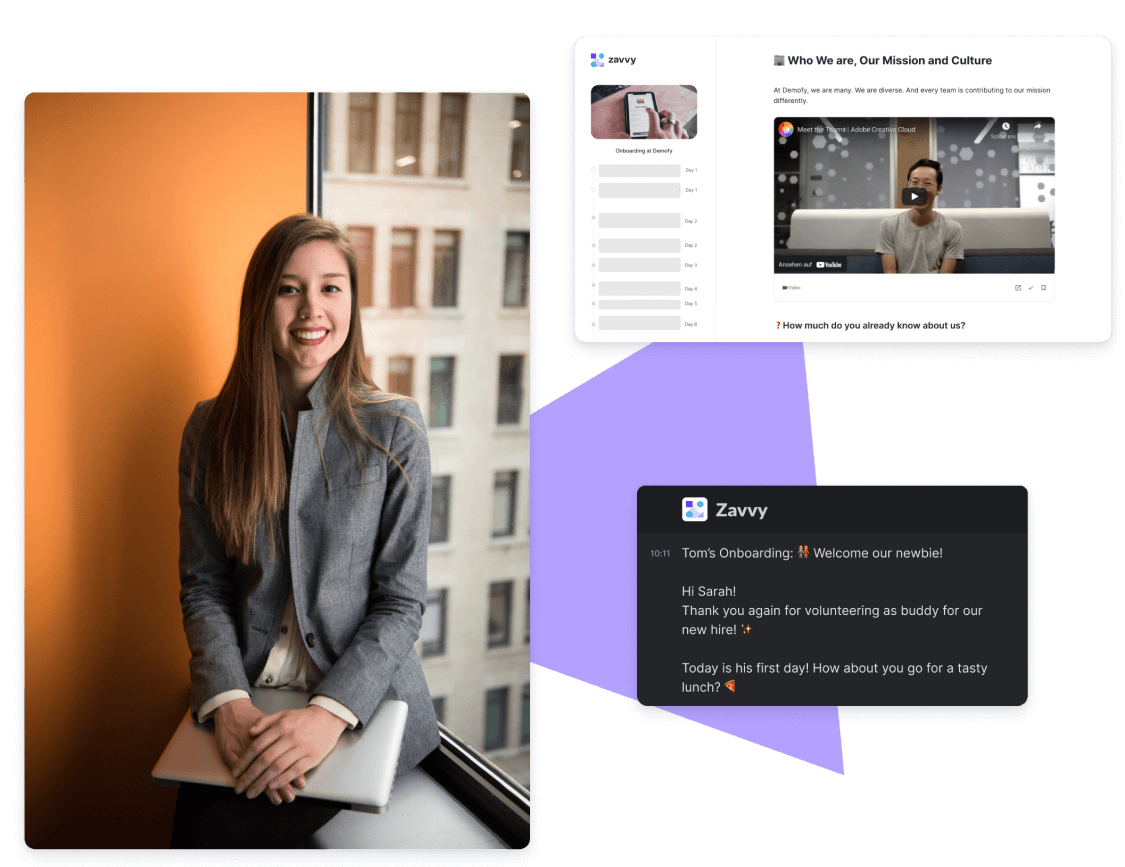



















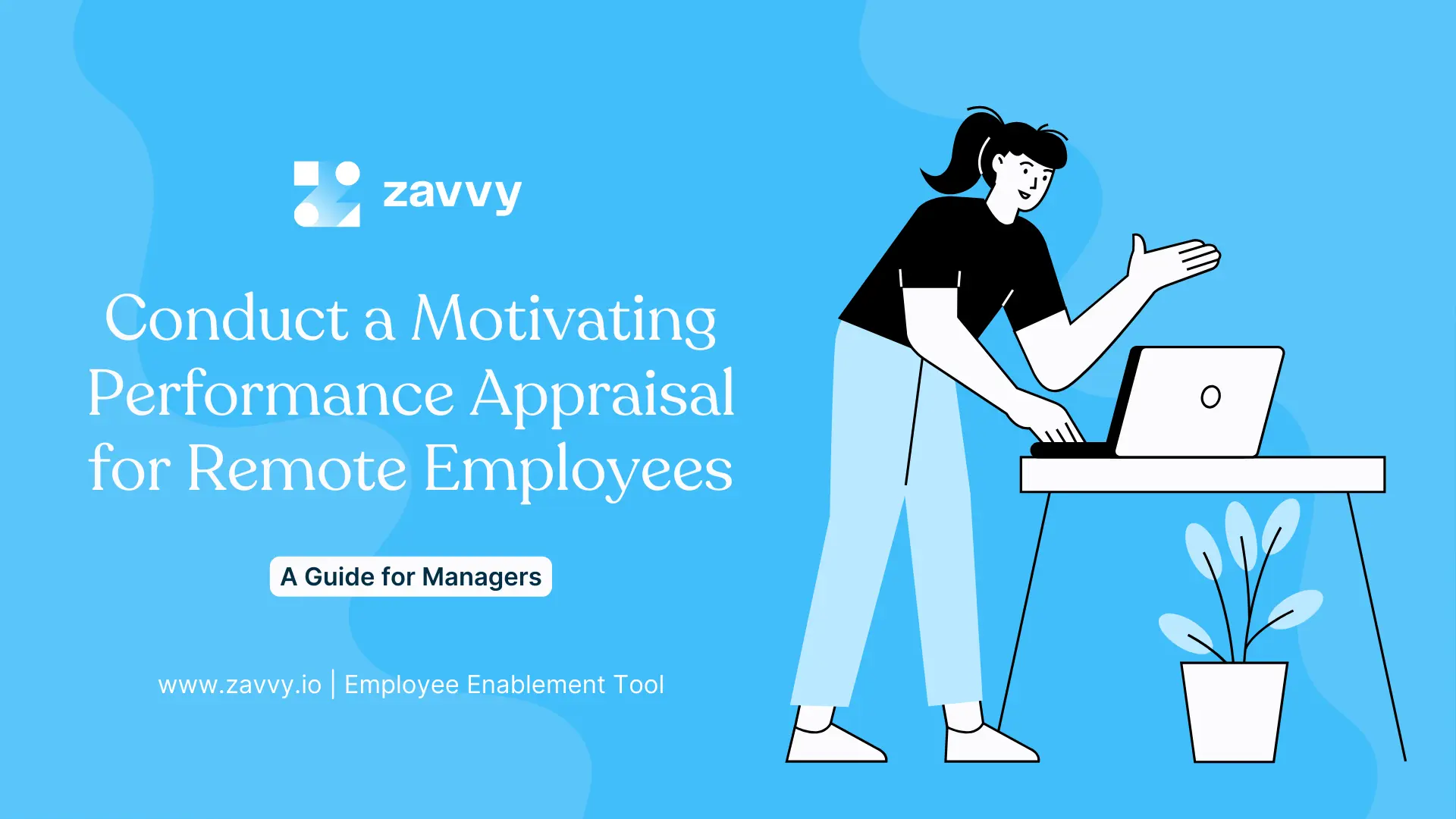
.png)







